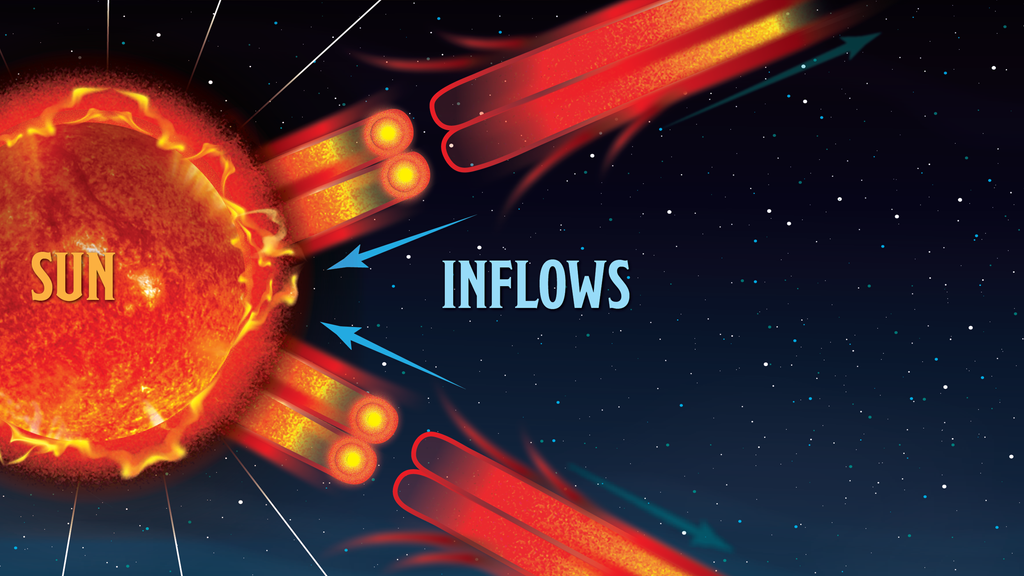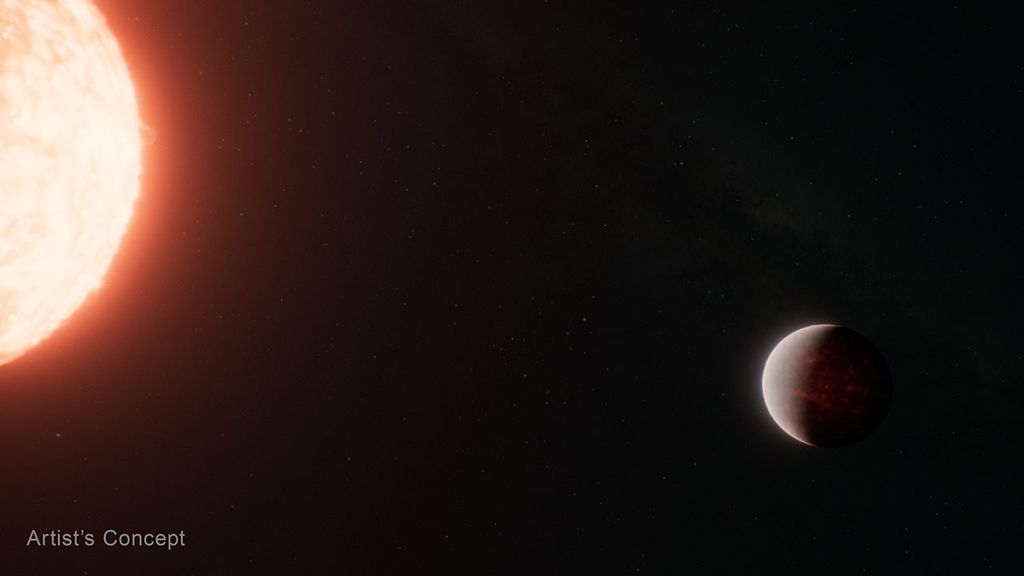1 min read
Galaxies Used to Refine the Hubble Constant

These galaxies are selected from a Hubble Space Telescope program to measure the expansion rate of the universe, called the Hubble constant. The value is calculated by comparing the galaxies' distances to the apparent rate of recession away from Earth (due to the relativistic effects of expanding space).
By comparing the apparent brightnesses of the galaxies' red giant stars with nearby red giants, whose distances were measured with other methods, astronomers are able to determine how far away each of the host galaxies are. This is possible because red giants are reliable milepost markers because they all reach the same peak brightness in their late evolution. And, this can be used as a "standard candle" to calculate distance. Hubble's exquisite sharpness and sensitivity allowed for red giants to be found in the stellar halos of the host galaxies.
The red giants were searched for in the halos of the galaxies. The center row shows Hubble's full field of view. The bottom row zooms even tighter into the Hubble fields. The red giants are identified by yellow circles.
About the Data
- Data DescriptionData DescriptionProposal: A description of the observations, their scientific justification, and the links to the data available in the science archive.
Science Team: The astronomers who planned the observations and analyzed the data. "PI" refers to the Principal Investigator.The HST observations include those from program 13691 (W. Freedman) - InstrumentInstrumentThe science instrument used to produce the data.WFC3/UVIS
- Exposure DatesExposure DatesThe date(s) that the telescope made its observations and the total exposure time.September 2014 to December 2015
- FiltersFiltersThe camera filters that were used in the science observations.F606W, F814W
- Object NameObject NameA name or catalog number that astronomers use to identify an astronomical object.M101, NGC 1448, NGC 1365
- Object DescriptionObject DescriptionThe type of astronomical object.Observations in the halos of these spiral galaxies
- Release DateJuly 16, 2019
- Science ReleaseNew Hubble Constant Measurement Adds to Mystery of Universe’s Expansion Rate
- Credit

These images are a composite of separate exposures acquired by the WFC3/UVIS instrument on the Hubble Space Telescope. Several filters were used to sample narrow wavelength ranges. The color results from assigning different hues (colors) to each monochromatic (grayscale) image associated with an individual filter. In this case, the assigned colors are: Cyan: F606W Orange: F814W

Share
Details
Claire Andreoli
NASA’s Goddard Space Flight Center
Greenbelt, Maryland
claire.andreoli@nasa.gov






























